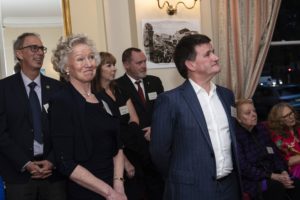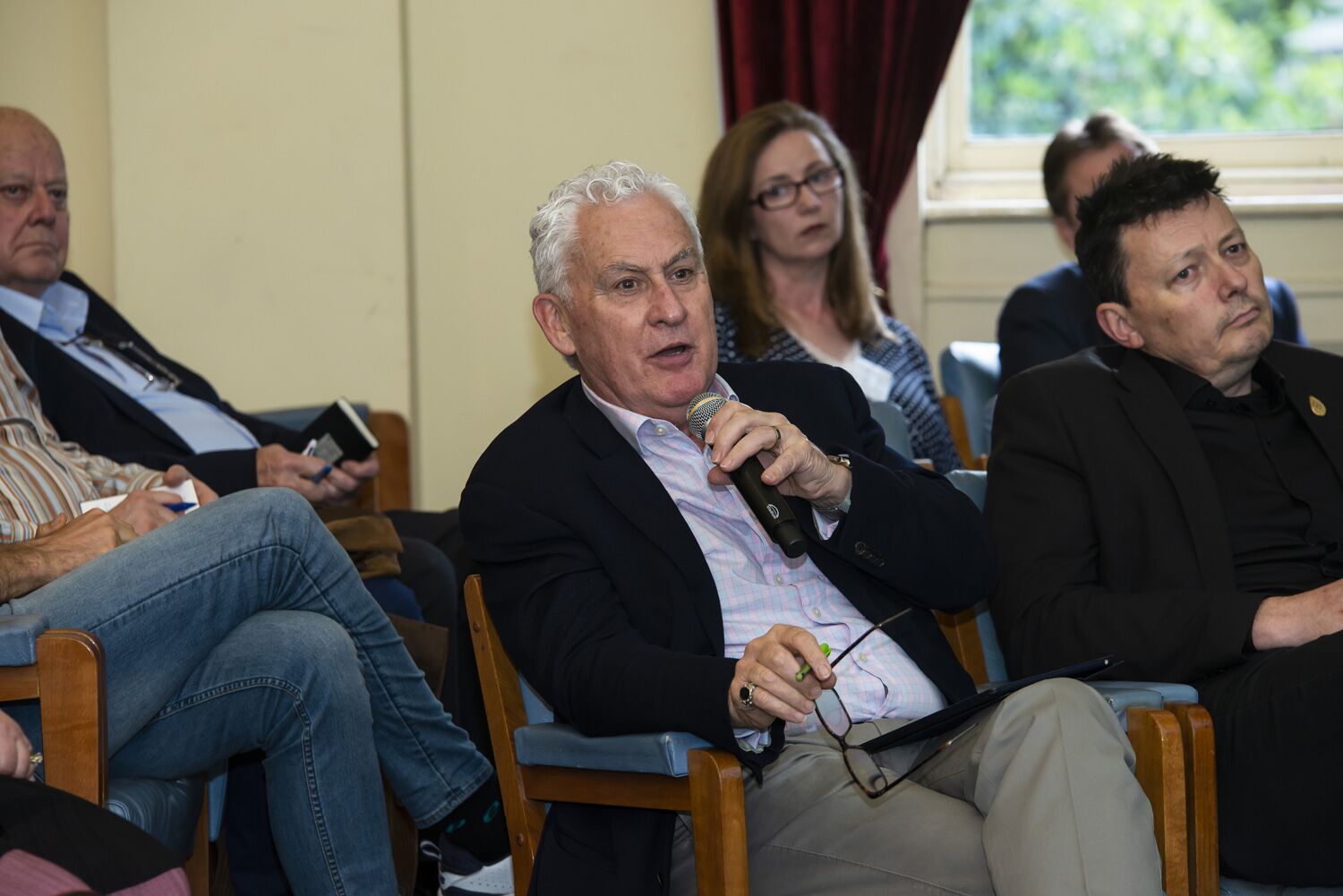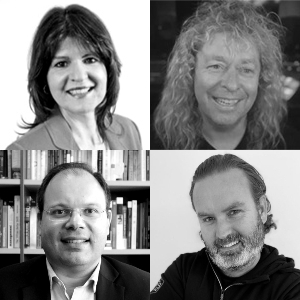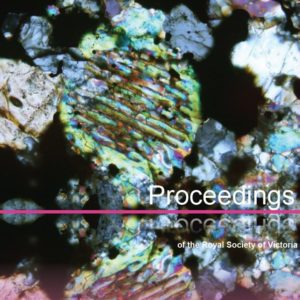When the Moon passes between Earth and the Sun, thereby totally or partially obscuring our view of the Sun, we witness a solar eclipse. It happens due to ‘crazy coincidence: the Moon is 400 times smaller than the Sun, but it’s also 400 times closer.’ This means that, from Earth, the Moon appears large enough to block our view of the Sun. The Moon does not cast a shadow over the entire Earth at once, but rather, is seen over a particular spot.
There is a chance that life on Earth is the rarest thing of all. But as we fly further away from home, we realise the Sun is simply one of the billions of stars that form the Milky Way Galaxy. Beyond the Solar System are worlds that orbit other stars (with rogue planets that answer to no star, roving between). The Kepler Mission estimates that 40 billion rocky, Earth-like exoplanets orbit stars like our Sun in our region of the Milky Way Galaxy. Is Earth perhaps not so special?
Astronomers build telescopes to search for cosmic radio waves and learn about the universe. Radio telescopes “see” the sky very differently to the point-like stars seen in visible light. They detect black holes, stars and planets being born, dying stars, and more. They detect invisible gas and can reveal areas of space that may be otherwise obscured by cosmic dust. Professor Virginia Kilborn hunts for cosmic phenomena beyond the visual spectrum.
Associate Professor Duane Hamacher is at the intersection of Indigenous Knowledge and modern science. He came to Australia to complete a Masters in astrophysics and a PhD in Indigenous studies. At astrophysics conferences, he sometimes struggled to convince peers that Indigenous Knowledge was anything more than folklore. But Indigenous science is dynamic, adapting to changes in the land, seas and skies, built on careful observation over 65,000+ years.
NASA’s Artemis program is preparing to send the first woman and next man to the South Pole of the Moon as soon as 2024. With the return of humans to space, we must think about how our astronauts will be protected from the constant bombardment of cosmic and solar radiation, without the protection of Earth’s magnetic field. Experimental physicist Dr Gail Iles delved into the current methods in use and under development.









